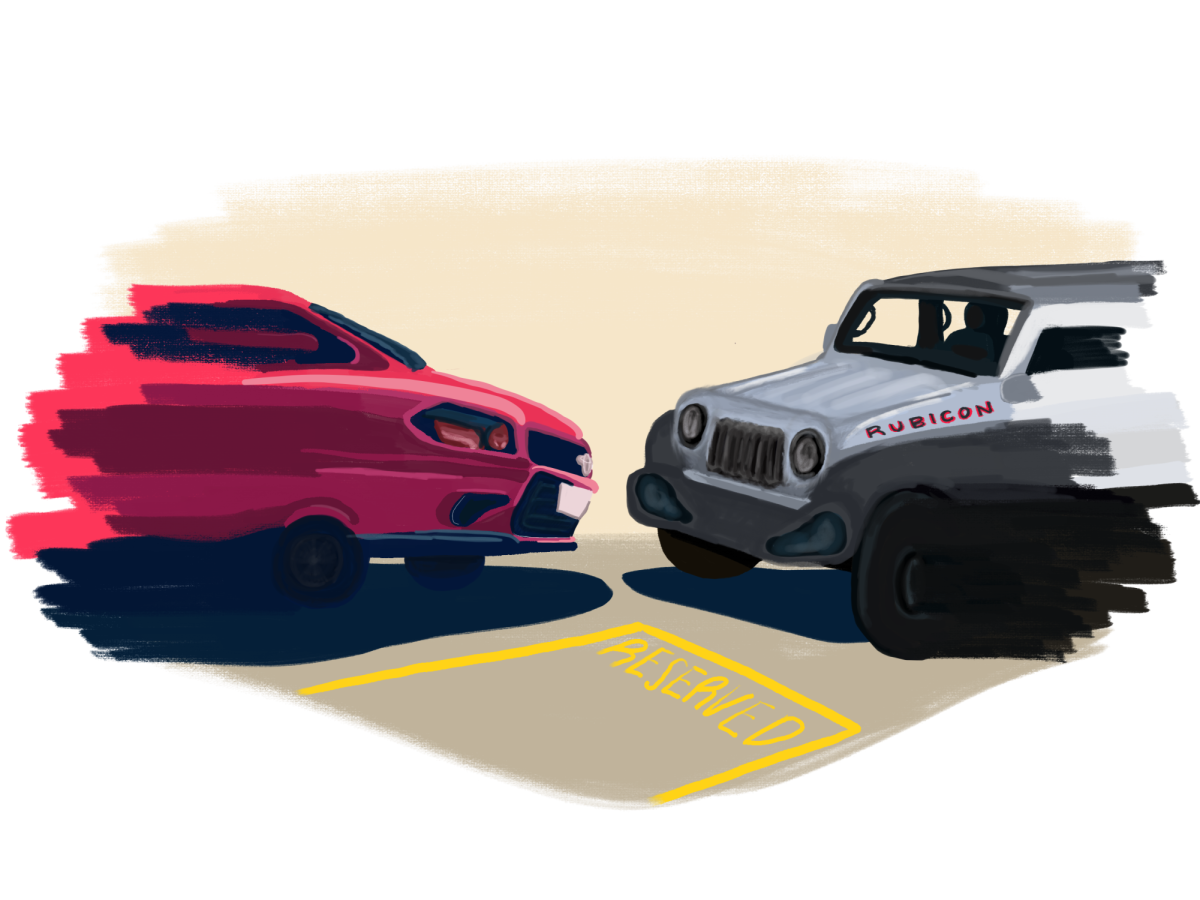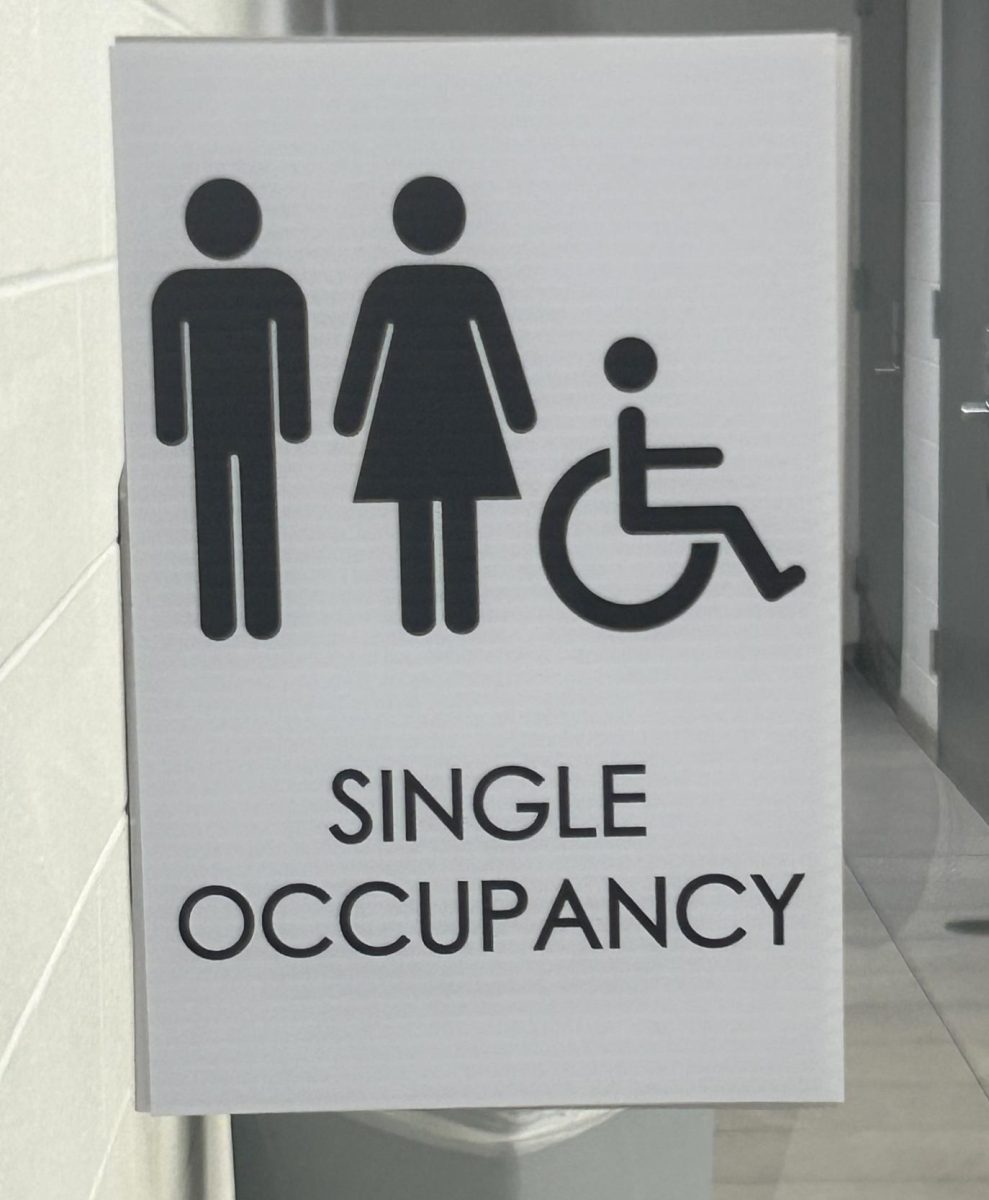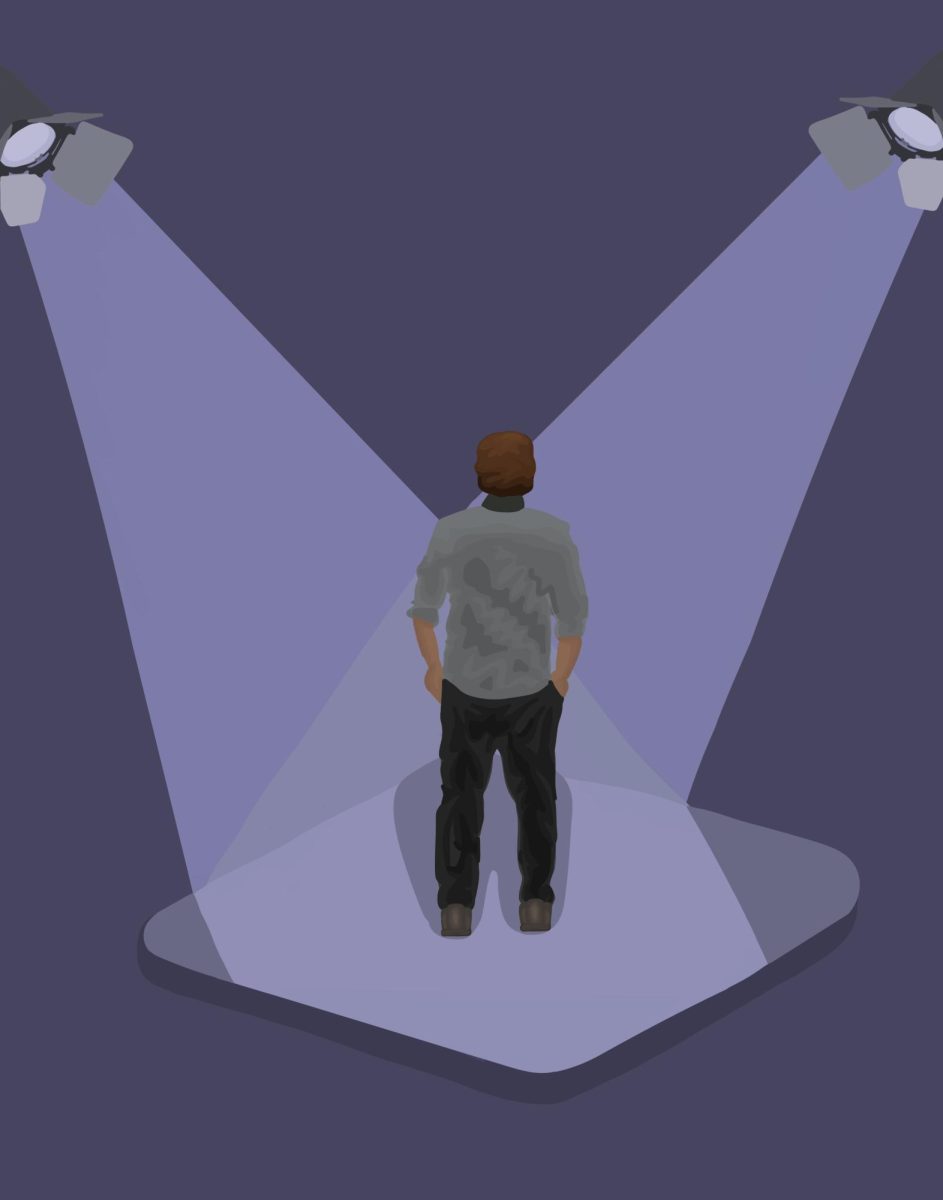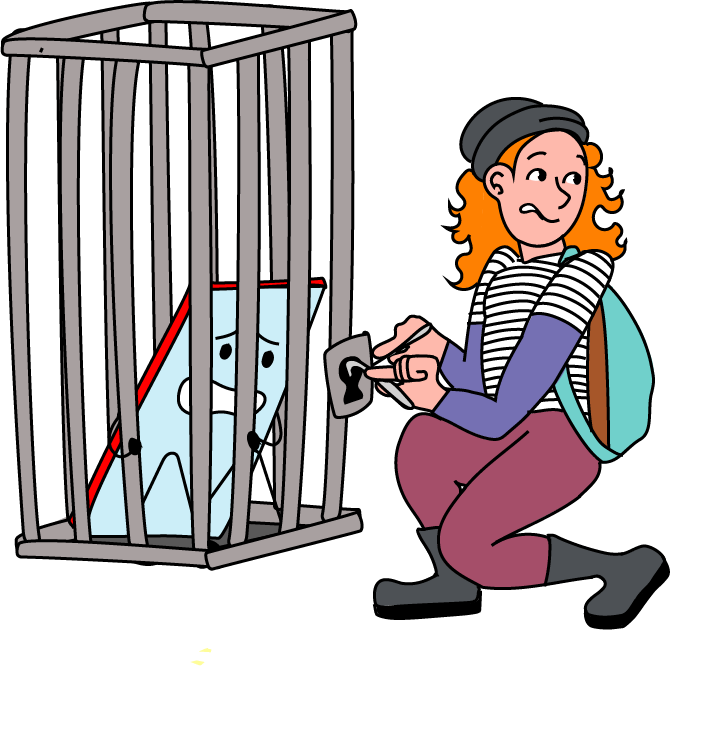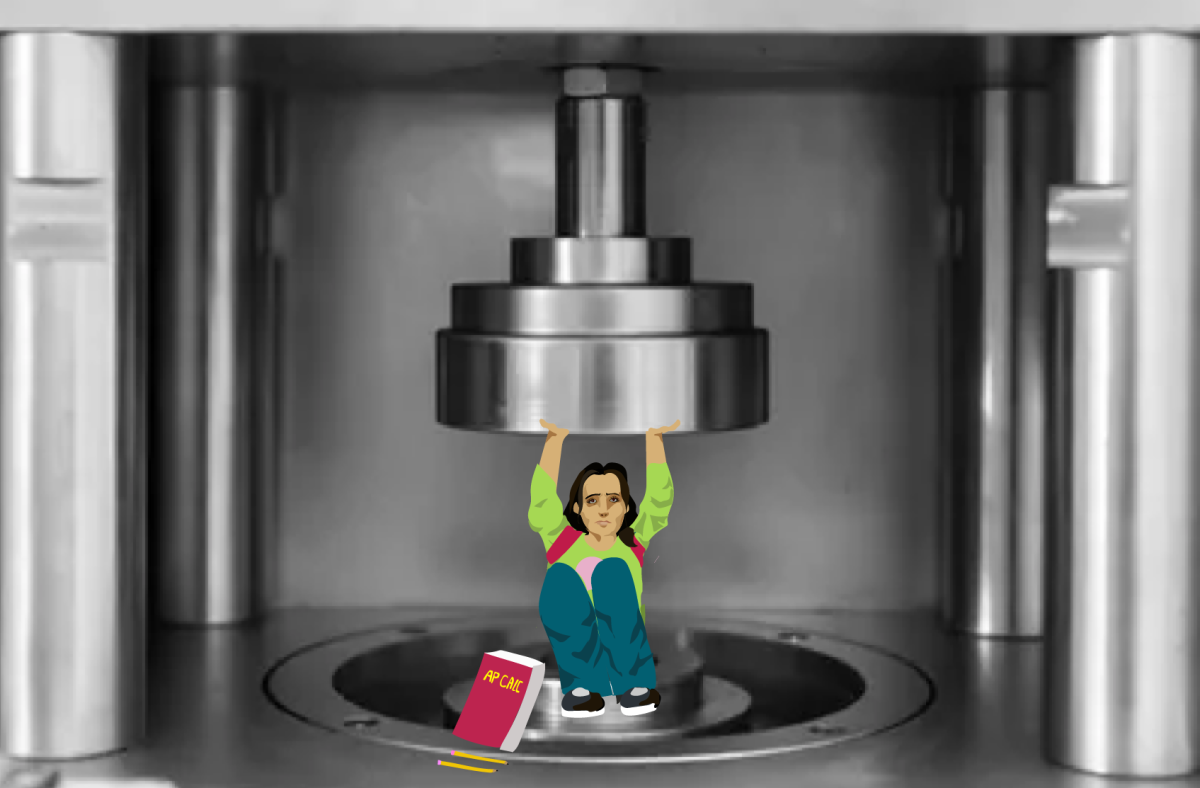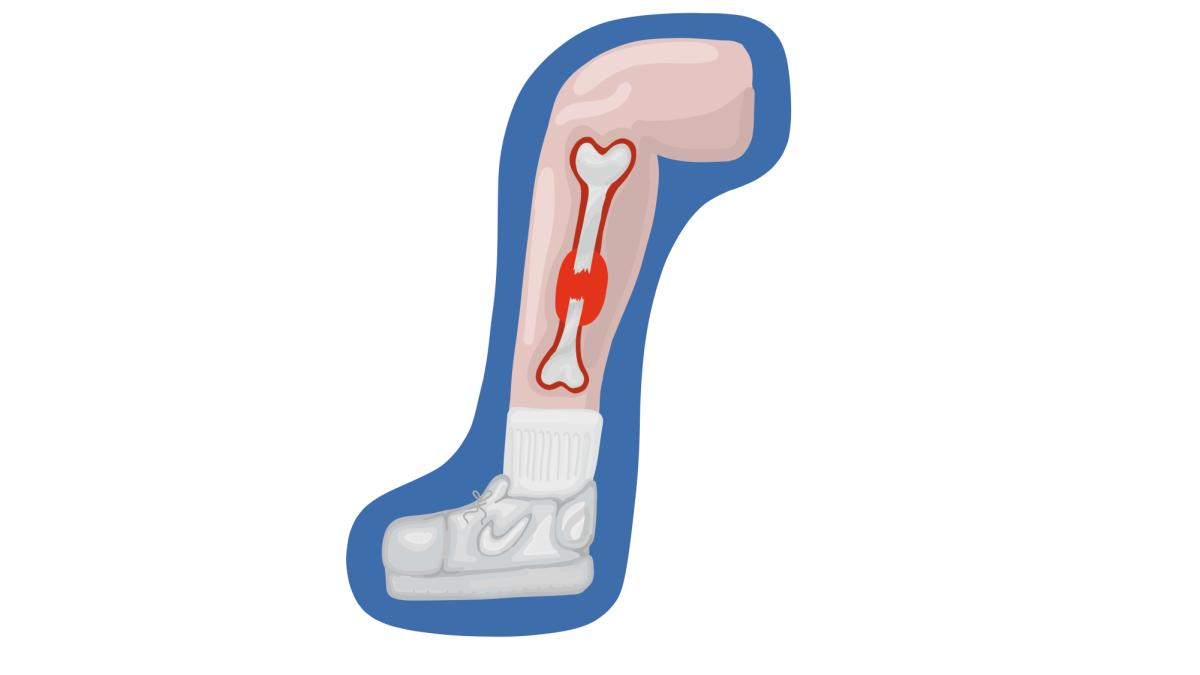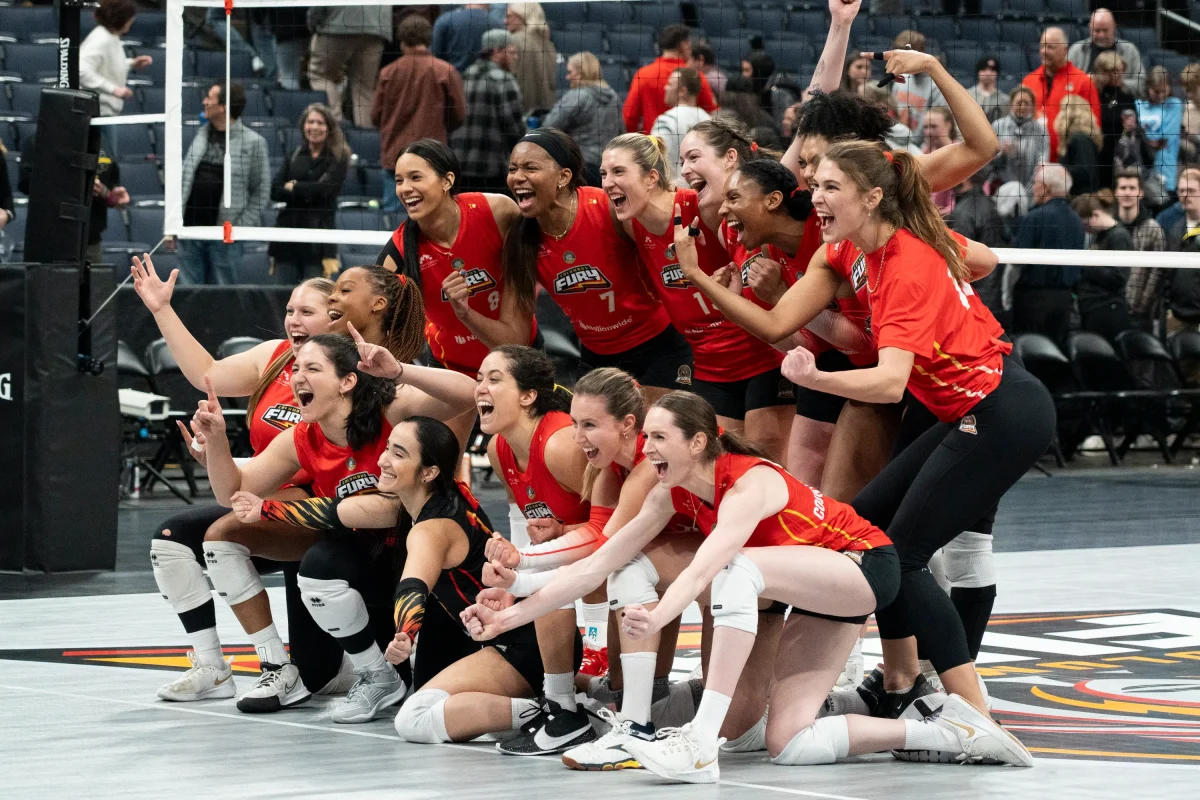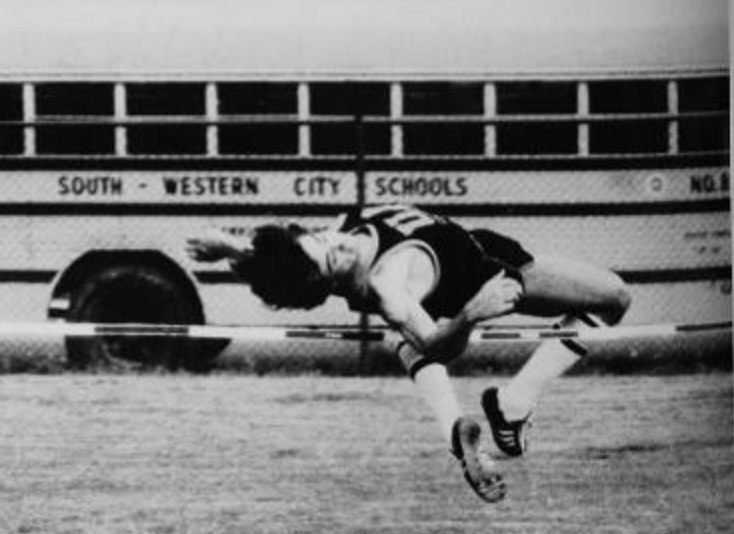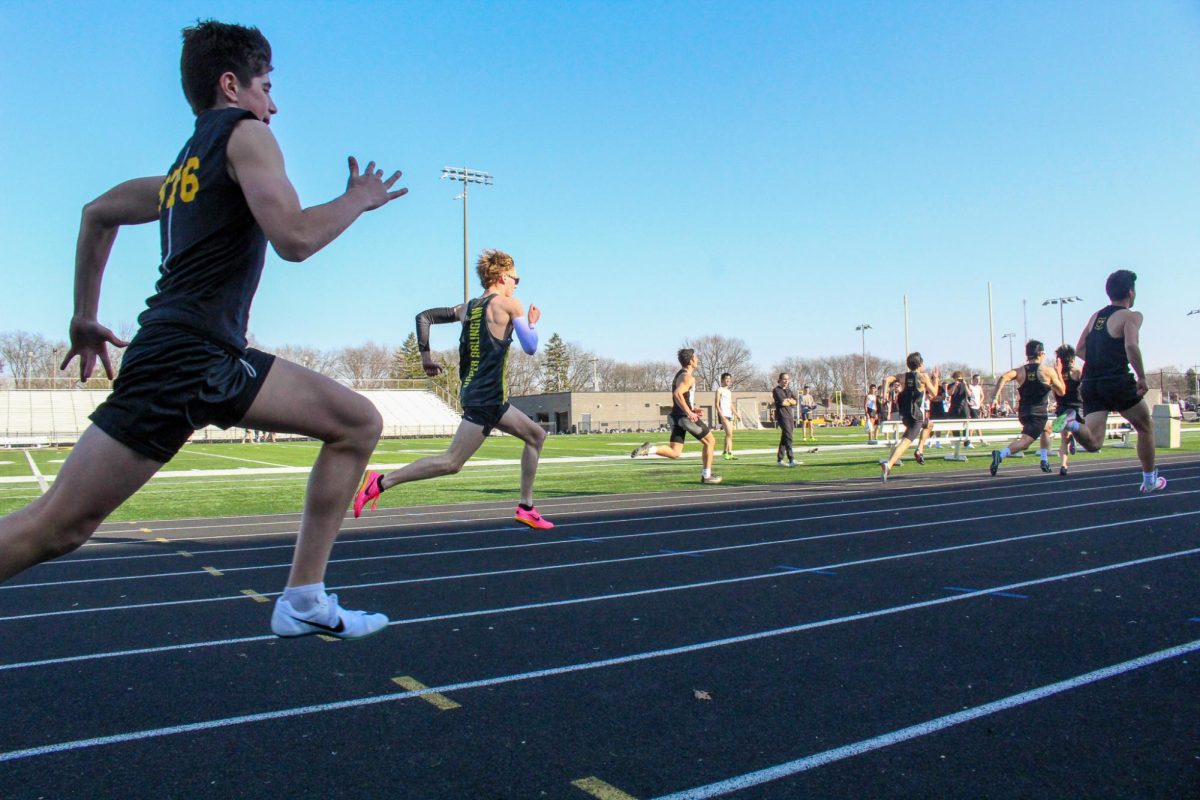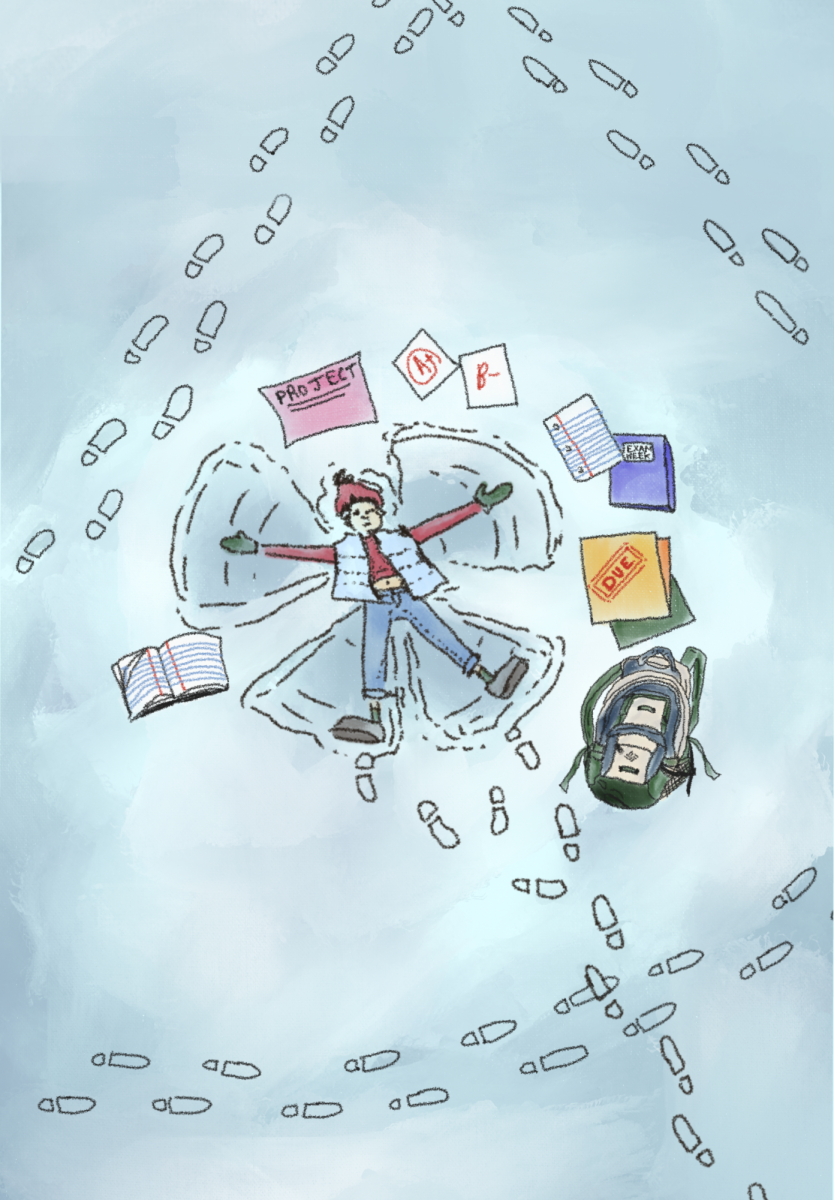To the first students of Upper Arlington, huddled together to learn in the basement of King Thompson’s house (one of Upper Arlington’s founders), the idea of an iPad, or even of a whiteboard, was utterly foreign. To them, the closest thing they would experience to the modern UAHS would be a small building that we now call Jones Middle School—one without the many many wings and additions that now characterize the middle school. They didn’t know the world of e-hallpass or parking passes, of Notability or Canvas. Those students, many lives ago, seem distant. But in many ways, their lives were more similar than one might imagine. They too endured a pandemic; they too witnessed the construction of a new school. They too played basketball, put together a yearbook, and participated in the orchestra. Throughout the many changes, the similarities abound.
This year will mark the 100th graduating class at Upper Arlington High School, completing a journey that has featured tens of thousands of students and teachers, tens of different buildings, and a centuries’ worth of education which continues to this day. In order to pay tribute to our history, Arlingtonian took a look at a few of the ways in which the history of our school has stayed the same, as well as the ways in which it has changed.
The first school building constructed for Upper Arlington students was the Barracks school, a temporary building which consisted of 12 rooms and a gymnasium. The Barracks school remained in use for many years (enduring a relocation via telephone poles in 1919), but was quickly joined by the first high school building, which is today known as Jones Middle School. That building would see many expansions over the years to accommodate rising student populations, before finally being succeeded by the old high school building in 1956. Unlike that building, however, the school would not be demolished, and is still in use today (the Jones Middle School building will celebrate its 100 year anniversary this spring). Finally, in 2021, the new high school building was constructed.
Interestingly, conversations surrounding the high school once included considerations of a second high school, a decision that was ultimately declined in favor of having only one main school—a decision that was emphasized as an important turning point by Kristin Greenberg, executive director of the Upper Arlington Historical Society.
“You have to know that those decisions, like the decision to not have a second high school, that explains then how education took its turn here and why we are the way we are today,” Greenberg said.
Greenberg also emphasized the changes in diversity over time as a major shift in the dynamics of the high school and the community as a whole. Restrictive and often discriminatory laws on property ownership have long presented a barrier for entry into the community and account for many of the disparities in diversity when compared to other regions of Columbus.
Aside from major changes in location and buildings, countless other small changes have occurred as the years progressed.
The Norwester Yearbook itself is an evolution of the Upper Arlington Annual, which was created as a sort of yearbook for the first classes of Upper Arlington students, and the school newspaper was once called The Viking.
Additionally, in 1972, in an effort to curb smoking in the bathrooms, Upper Arlington High School implemented outdoor smoking areas (a change which was discontinued in the 1980s).
Alongside those changes, however, many things have remained the same. One major enduring aspect Greenberg emphasized was the passion that Upper Arlington holds as a community, seen in the various traditions and celebrations that bring us together. She emphasized the importance of keeping that spirit alive for many years to come.
“I hope that we keep that passion and pride of living here and recognizing the great strides the community has taken while weaving in those pieces of our past that are complicated and trying to better understand and work towards the goals we set in front of us.”
Though we have come a long way since the days of those first students, it’s important to remember the many ways in which history has shaped us, and to celebrate the distance we have come not only as a school, but as a community.

